Quick Links
Did you know that you can have Google automatically split test your ad copy for you? Did you also know that more than 80% of global businesses trust Google Ads for PPC campaigns?
By using Google’s Responsive Search Ads (RSA) in your SEO digital marketing strategy, you can load up multiple variations of headlines & descriptions and let Google’s AI do all the testing and hard work for you!
This means better results in SERP, higher CTRs, and more effective ads. In fact, paid ad campaigns drive about 65% of clicks by Google ads.
Want to know how this works and how you can take advantage of it?
I’ll break down what responsive ads are, the difference between different combinations of Google ads, and everything else you need to know before jumping into a responsive ad search campaign.
Let’s get started!
What Are Responsive Ads?
First, you will need a Google Ads account so you can begin to create responsive search ads.
But. what is an RSA really?
Let me explain:
Responsive search ads allow you to create an ad that shows more text, therefore showing more relevant messages to your audience or potential customers. Using these enhances ad strength and ad performance.
You can enter a few different headlines and descriptions when creating a responsive search ad.
Over time, Google Ads then automatically tests different methods and learns which combinations perform best.
Responsive Search Ads may include:
- Fifteen different headlines
- Four different descriptions (90 characters long)
- Automatic rotation for best performance over time
Basically, responsive search ads let you set up & test multiple headlines and descriptions when advertising on both Google Search & Google Display Network (GDN).
The responsive ads then use Google’s algorithm to show the most relatable ad to the user’s search.
Responsive Search vs. Expanded Text Ads
These ad types are naturally different from traditional text ads since they’re “non-static”.
Instead of manually creating variations of your ads, you can load up variations into one responsive ad and let Google do all the testing for you!However, as of June 30th, 2022 Google will longer support expanded text ads. You won’t be able to create a new ad or edit expanded text ads.
Typical Expanded Text Ad Assets
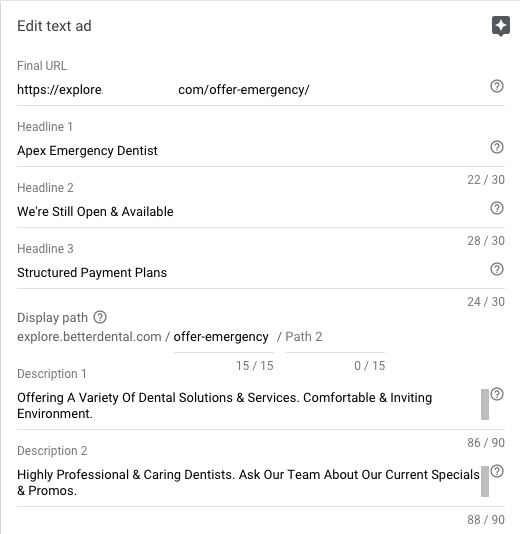
If you already have expanded text ads, you will still be able to use them, and you will even still see reports on their performance moving forward; however, if you are just starting out, you will have to transition to responsive search ads. Google strongly encourages the use of responsive search ads, but you’ll still be able to pause, resume, or remove expanded text ads if need be.

How Can Your Business Benefit From Responsive Ads?
Responsive ads can be very powerful for your campaigns since you have the ability to test multiple unique headlines, and descriptions at once.
Typically you may have to write multiple ads to accommodate this but Google allows you to “split test” with one convenient feature.
You can get rid of the constant brain scramble of split testing twenty ads and identifying each component that worked best.
With responsive ads, you will be able to get a campaign performance report to see which ad combinations, combinations of headlines or description lines are performing best.
Once you have enough data to know which headline is performing the best, you can then pin headlines to be the main one that is used for that ad campaign.
In fact, people are 63% or 4x as likely to click on Google ads than any other advertisement network.
You are able to save time and money on your display ads, while still being in search engine results for potential customers to see if you are properly split testing ads.
Google Ads lets you keep track of important metrics and quality scores automatically so you can see where they rank in specific positions in search engines.
You can view this data once the ad has received 5,000 impressions within 30 days.
Actually, more than 80% of advertisers and marketers use or at least plan to use responsive search ads in the near future rather than a default ad type.
That’s why it’s so important for your business to jump on board with this type of ad creation. You also run the chances of boosting your revenue and click-through rate.
The Pros and Cons of Responsive Text Ad Assets
What users search for online is always changing, so marketers need to keep up with the evolving trends. Knowing what people are searching for lets you know them better so you can meet the needs of your audience.
Actually, changes in trends have accelerated due to the pandemic, 15% of all daily searches are beginning to contain new keywords that marketers aren’t familiar with. So, to ensure brands are always staying relevant, marketers are always finding new ways to optimize search ads.
And, Google’s responsive search ads are a great way to monitor your metrics to see what keywords, headlines, and descriptions are doing the best.
Here are some pros to using responsive search ads:
- Better visibility in relevant search queries
- Flexibility
- It saves time and effort
- Optimization through AI machine learning
- Better ad performance
- Less room for human error
Alternatively, here are some cons of using responsive search ads:
- Pressure for unique and catchy headlines
- Less control over ads
- Not possible to track individual ads
It is very easy to load the builder up and have your ads not flow well. You can see examples of what the ads may look like but you’re never 100% certain they will display that way because of all the possible unique variations.
Best Practices For Responsive Ads
RSAs create ads that change to match more closely to what users are searching for at any given time.
Google’s AI automatically generates these ads with customized messages. This saves marketers time and effort giving better results. Actually, ThinkWithGoogle states that advertisers who switch from expanded test ads to RSA see an average of 7% more conversions at around the same cost.
Google Ads optimization is an important step for any successful ad campaign.
ThinkWithGoogle also suggests some good responsive ad practices to keep you successful.
These are:
- Write concise and distinctive headlines
- Use at least 3 high volume keywords
- Use a call-to-action phrase
- Pin assets
- Pinpoint selling points
Google’s system optimizes headline description combinations to give new information in each ad. For every campaign, marketers can submit up to 15 different headlines and 4 descriptions. Memorable, helpful, and entertaining headlines tend to do best. Each headline should highlight a fresh perspective or say something different.
Before you begin, you may want to see Google’s search term report tool to help you pick out some popular search terms. You could also use The HOTH’s Free Keyword Planner. Headlines based on popular search terms are more likely to catch the attention of your target audience. But, more on headlines later.
A call-to-action phrase such as, “call us today”, should be in sync with the buyers’ journey to help lead people to the right product or service on your website. A strong CTA tells your audience what they need to do after reading your ad.
In fact, Neil Patel found that an audience prefers to learn about the offer before clicking a CTA, so creating a telling description before your CTA can boost your conversion rates.
Although Google’s AI system randomizes headline descriptions, marketers do have the option of pining headlines and descriptions that do the best.
This keeps key elements like price, selling points, and product name visible. Marketers can also pin different descriptions to one position and assess which one performs better and it can also help you optimize your ad.
Creating a hook such as “60% off” or “free” might engage an audience more, but it’s also important to showcase the products selling points in the headline or description.
Here are some other great methods to use for responsive search ads:
Split test against normal search text ads
When using a responsive ad you will still want to build at least 2 other search text ads to split test against.
When writing these ads you want to write multiple headlines but stay focused on the same CTA/Offer that is presented on your landing page.
Responsive ads are not silver bullets by any means to save a campaign, but this is a great tool to test new creatives.
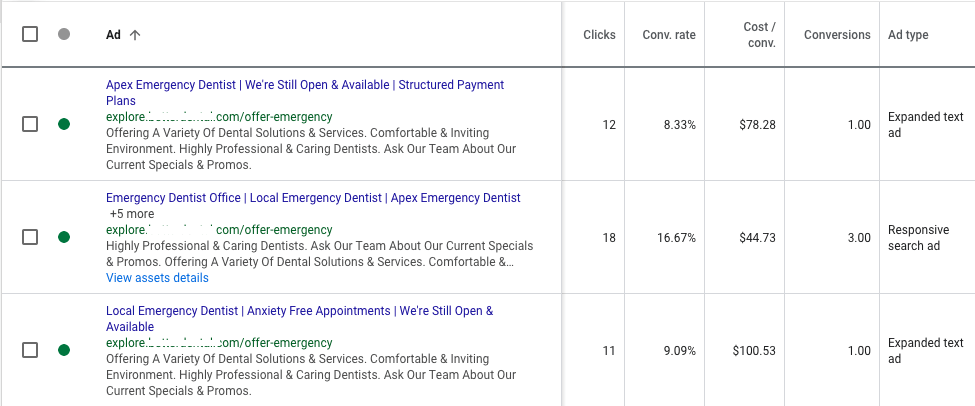
Plan to test until 5,000 impressions
To get the most out of your ads you will want to hold off of pausing until you get 5,000 impressions within 30 days.
Once this is complete, Google will build a performance report to show you which headlines and descriptions perform best.
Once you have enough data then you will be able to rewrite the lower performing ad.
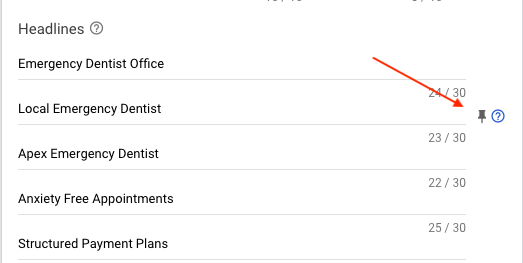
Use unique & keyword centered headlines
As I briefly mentioned above, headlines are super important for your RSAs. In your headlines, you will want to use your seed keyword.
Let’s use “HVAC Company” as an example. If your ad group includes “HVAC Company,” “HVAC Company Near Me,” and “HVAC Services.”
Then you will want to be sure to use “HVAC Company” inside one of the headlines.
Inside the second or third headline, you could build out headlines that also match up with HVAC Services, HVAC (Your Location), and many more.
This will make your ad creative unique and rank your score inside the Responsive Builder from average to excellent!
Results We Have Seen From Responsive Ads
When testing responsive search ads, even in their beta stage, we found that Google takes a liking to these ad types and we overall saw a 4% increase in our Click Through Rate (CTR) compared to static search text ads.
We normally run our ads on the setting “rotate indefinitely”, so we have seen a mix of conversion rates specifically from Responsive Search Ads.
You might expect to see increases in:
- Clickthrough-rate (CTR)
- Conversion Rate
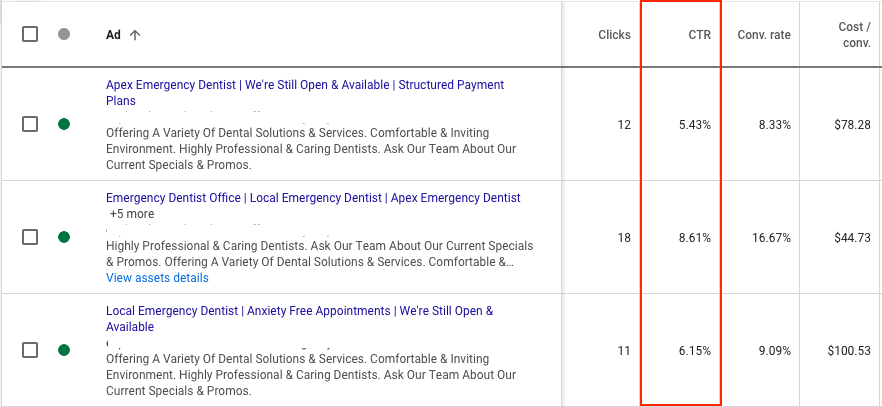
In some cases, the Responsive Search Text Ads have brought in a higher conversion rate. Then in other cases, our traditional text ads have brought in a higher conversion rate.
We have only seen a few percent difference in the overall total, but it is worth noting that the Responsive Search Ads were not the clear winners every time.
For this specific campaign, we saw a large increase in our conversion rate. A 7.58% increase from our top-performing expanded text ad. It’s important to keep in mind that Google is ending expanded text ad in June of 2022 creating an RSA is your best bet for Google Ad success.
Driving up the conversion rate significantly helps decrease the cost per conversion.
Overall, they’re worth testing to see how they perform for your specific business and industry!
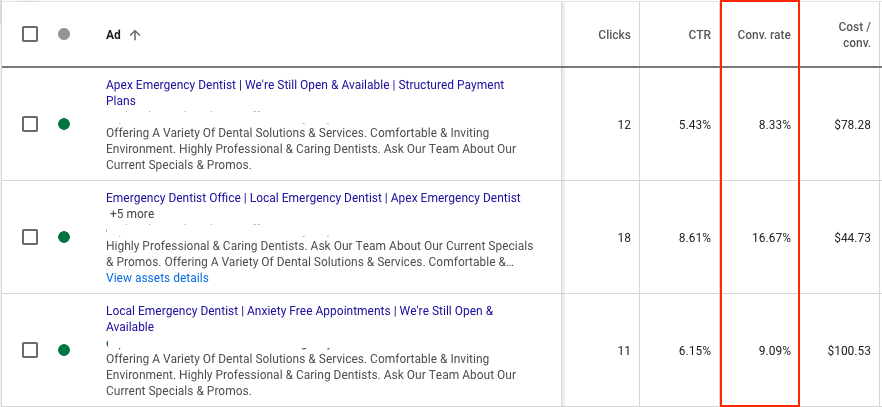
How To Setup A Responsive Search Ad
Sign in to your Google Ad account.
Go inside of the campaign you would like to add a Responsive Search Ad to and go to the ads section.
Click on the blue “+” sign

Click “Responsive search ad”
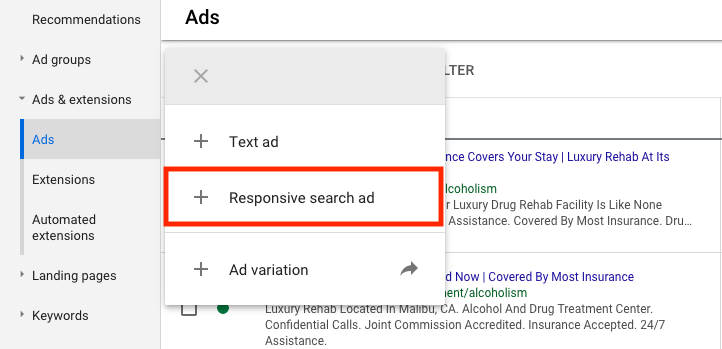
Finally, add in your headlines, and descriptions, then click Save.

Let’s Wrap It Up
Responsive Search Ads are a great tool to have in the toolbox but they’re not a “cure-all” for a low-performing campaign.
They’re great to use when you have existing data and want to continue optimizing your campaign or even test out multiple copy selections from the beginning.
If you have any questions on how you can incorporate Responsive Search Ads in your next campaign then schedule a call with one of our PPC consultants or check out HOTH PPC here.



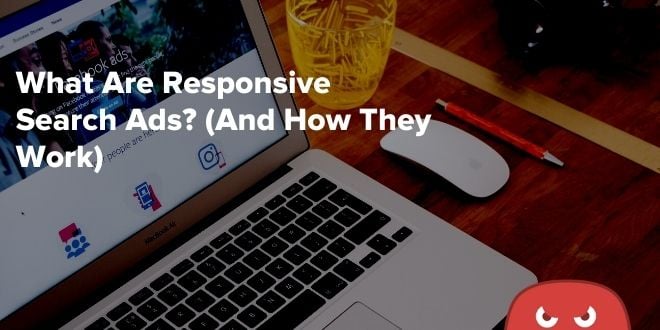
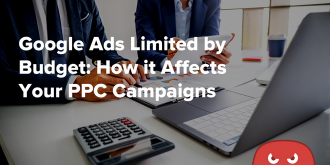

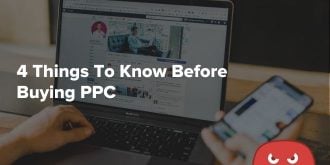


great article
This Article is Awesome. It’s helped me a lot. Sir, Please keep up your good work. We are always with you and Waiting for your new interesting articles.
Sir, Please keep up your good work. We are always with you and Waiting for your new interesting articles. It’s helped me a lot.
Great Content. Very Informative and helpful.
Good Article. keep up to date
This article is fantastic. It has been extremely beneficial to me. Sir, please continue your excellent work. We are always here for you and eagerly await your new and interesting articles.
awsome work, kepp going
Very Informative, Thanks for sharing!
great article Very informative; thankful for sharing!